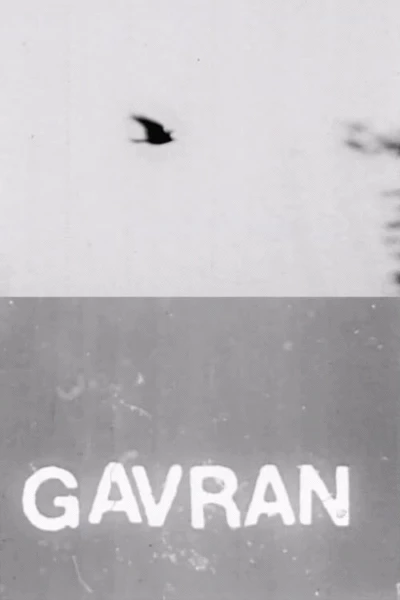House (1977)
August 26, 1977Release Date
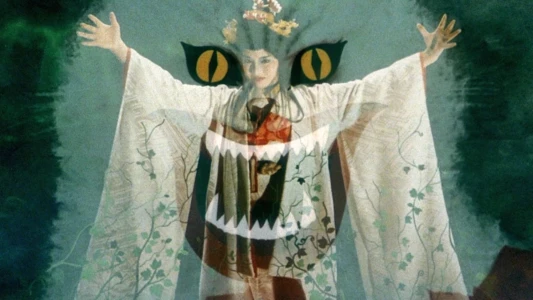
Plot.
Where to Watch.
 Subs
Subs Rent
Rent Subs
Subs Subs
Subs Subs
Subs Rent
Rent Rent
RentCurrently House is available for streaming online, rent, buy or watch for free on: Criterion Channel, Apple TV, Max Amazon Channel, Max, TCM Amazon Channel, Fandango At Home, Amazon Video
Streaming in:🇺🇸 United States

Cast & Crew.

Kimiko Ikegami
Gorgeous / Gorgeous' Mother

Kumiko Ohba
Fantasy

Ai Matsubara
Prof

Miki Jinbo
Kung Fu
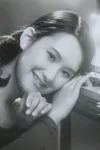
Eriko Tanaka
Melody
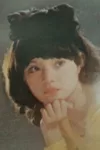
Masayo Miyako
Sweet
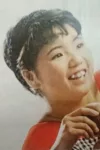
Mieko Satoh
Mac
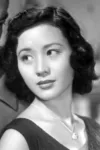
Yōko Minamida
Hausu Karei

Kiyohiko Ozaki
Keisuke Togo
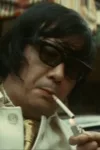
Saho Sasazawa
Gorgeous' Father

Haruko Wanibuchi
Ryôko Ema

Asei Kobayashi
Watermelon Farmer / Original Music Composer

Mitsutoshi Ishigami
Photographer

Ippei Hara
Tora-san Lookalike
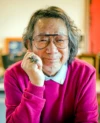
Sotaro Manabu
Director
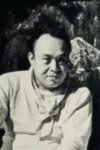
Shōichi Hirose
Ramen Trucker

Yasumasa Ônishi
Old Villager

Kiyoko Tsuji
Grandmother
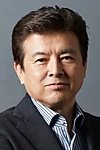
Tomokazu Miura
Auntie's Fiancé
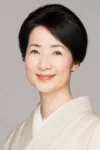
Fumi Dan
Teacher

Godiego
Themselves

Gregg Painter
Mr. Painter
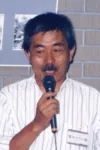
Kazuo Satsuya
Shoe Store Man (uncredited) / Production Design / Assistant Director
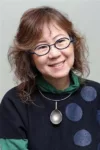
Chigumi Ôbayashi
Shoe Store Girl (uncredited) / Original Story
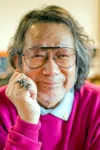
Nobuhiko Obayashi
Husband (uncredited) / Director / Special Effects / Producer

Kyōko Ōbayashi
Wife (uncredited)
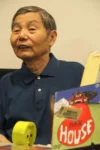
Chiho Katsura
Train Passenger (uncredited) / Screenplay

Yoshitaka Sakamoto
Director of Photography
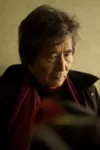
Kōhei Oguri
First Assistant Director

Nobuo Ogawa
Editor
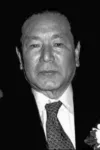
Tomoyuki Tanaka
Producer

Shinji Kojima
Gaffer

Mickie Yoshino
Original Music Composer

Yorihiko Yamada
Producer

Shouhei Hayashi
Sound Designer

Midori Naitô

Tetsuo Kanai
Media.




















































































Details.
Release DateAugust 26, 1977
Original Nameハウス
StatusReleased
Running Time1h 28m
Content RatingNR
Genres
Last updated:
This Movie Is About.
Wiki.
House (Japanese: ハウス, Hepburn: Hausu) is a 1977 Japanese comedy horror film directed and produced by Nobuhiko Obayashi. It is about a schoolgirl traveling with her six friends to her ailing aunt's country home, where they come face to face with supernatural events as the girls are, one by one, devoured by the home. It stars mostly amateur actors, with only Kimiko Ikegami and Yōko Minamida having any notable previous acting experience. The musical score was performed by the rock band Godiego.
Toho Studios approached Obayashi with the suggestion to make a film like Jaws. Influenced by ideas from his daughter Chigumi, he developed ideas for a script by Chiho Katsura. After the project was green-lit, it was put on hold for two years as no one at Toho wanted to direct it. However, Obayashi kept promoting the film until the studio allowed him to direct it himself. House was filmed on one of Toho’s largest sets, where Obayashi shot the film without a storyboard over a period of about two months.
The film, which received generally negative reviews, was a box office hit in Japan. After being widely released in North America in 2009 and 2010, it was met with more favorable response and has since gained a cult following.
You May Also Like.
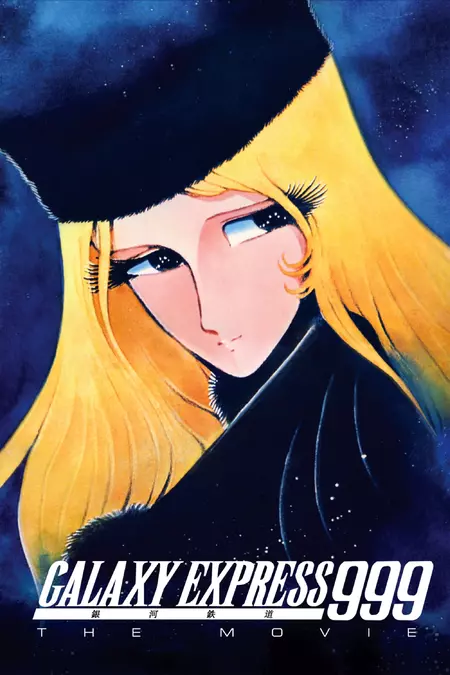
Galaxy Express 999: The Movie (1979)
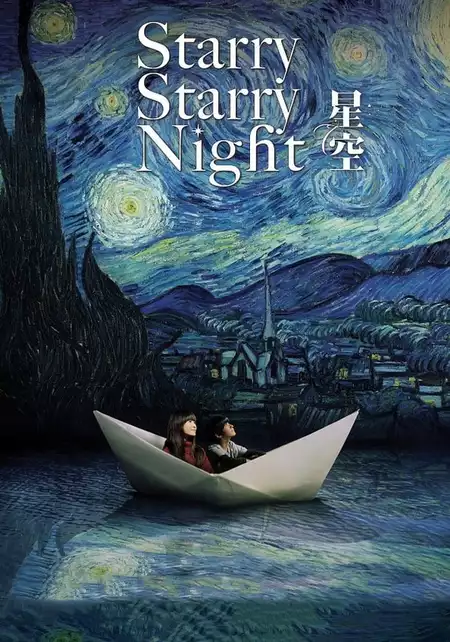
Starry Starry Night (2011)
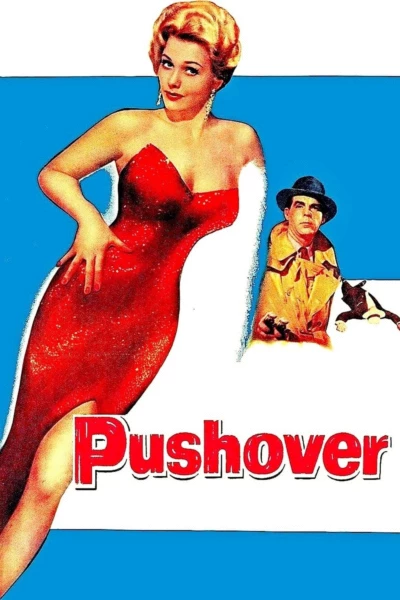
Pushover (1954)
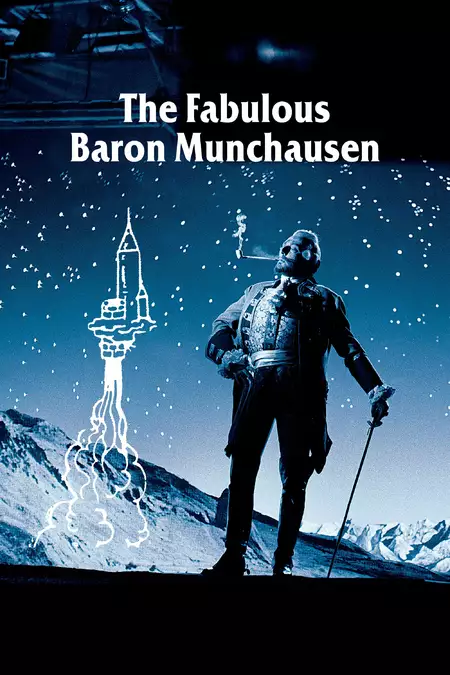
The Fabulous Baron Munchausen (1962)
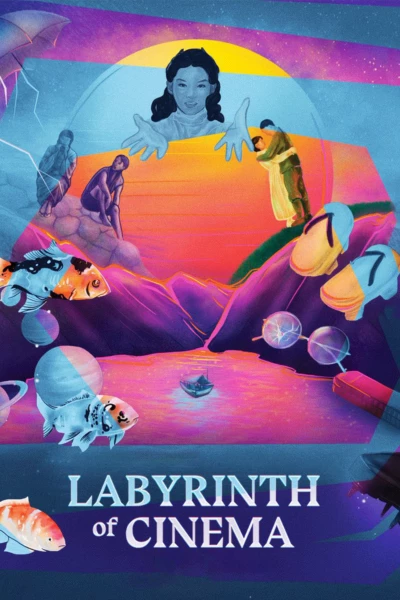
Labyrinth of Cinema (2020)
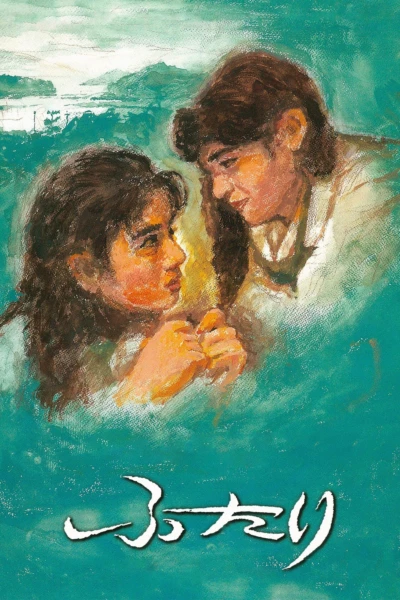
Chizuko's Younger Sister (1991)
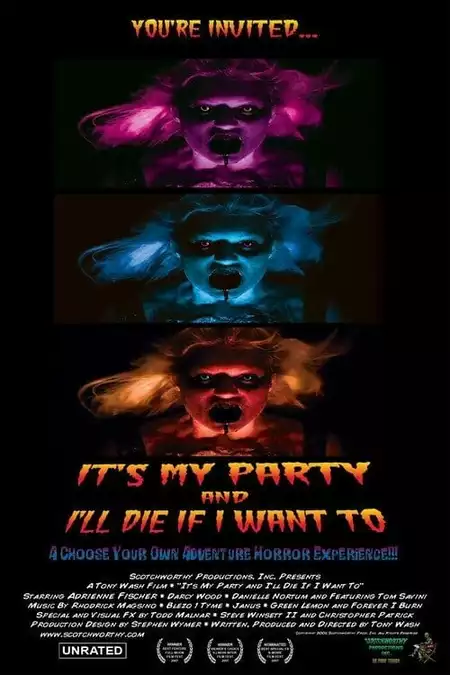
It's My Party and I'll Die If I Want To (2007)
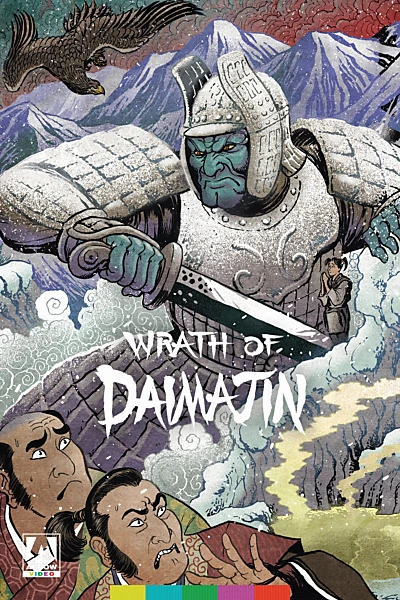
Wrath of Daimajin (1966)
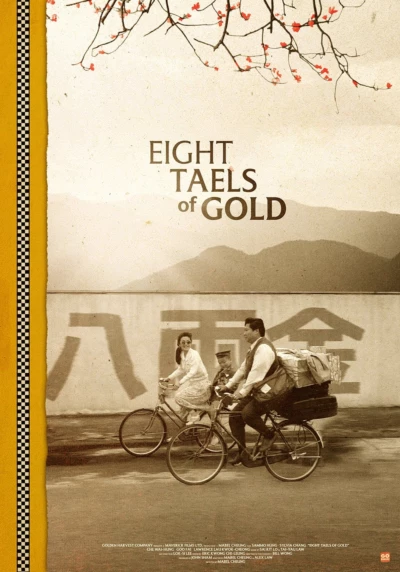
Eight Taels of Gold (1989)
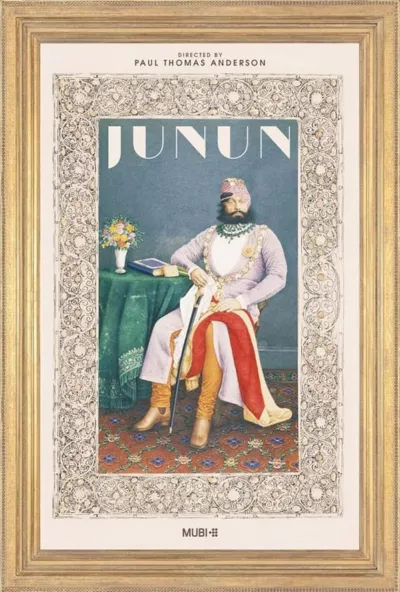
Junun (2015)

Maiden (2019)
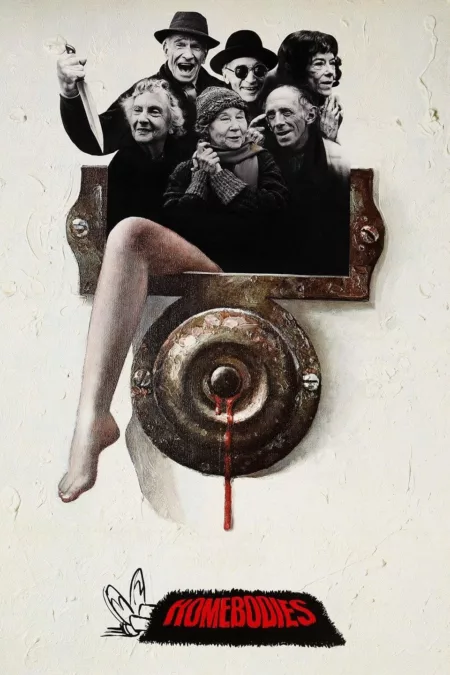
Homebodies (1974)
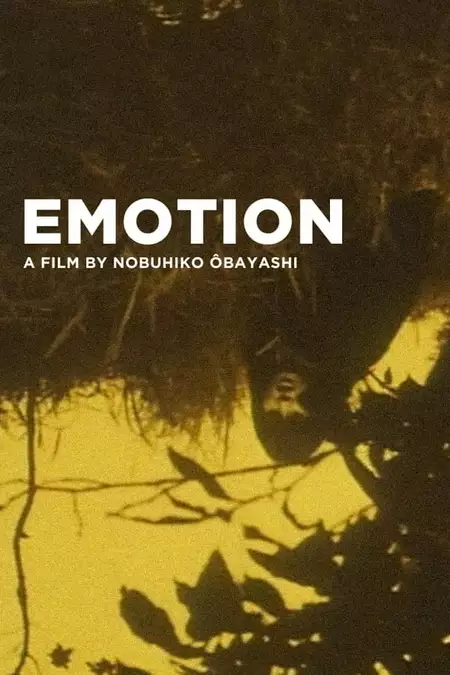
Emotion (1966)
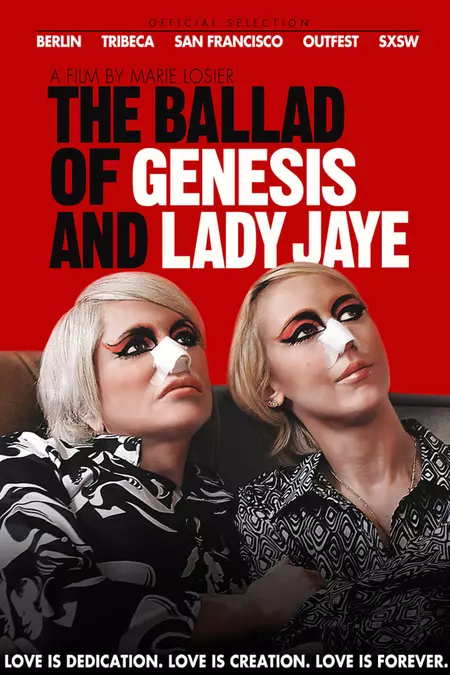
The Ballad of Genesis and Lady Jaye (2012)
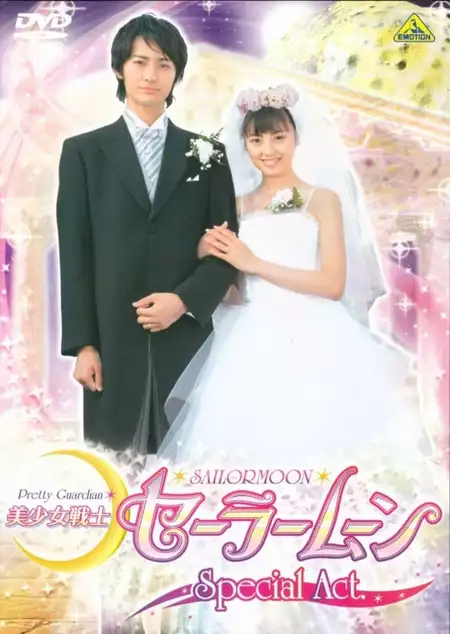
Pretty Guardian Sailor Moon Special Act: We're Getting Married!! (2004)

Beowulf (1976)

Some Days Are Better Than Others (2011)
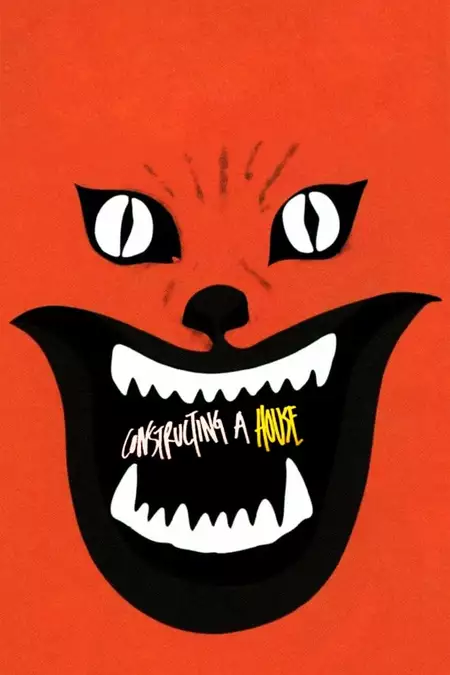
Constructing a House (2010)
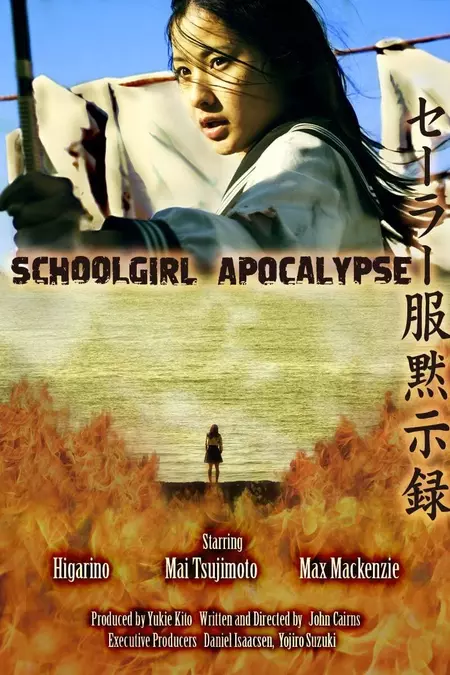
Schoolgirl Apocalypse (2011)
